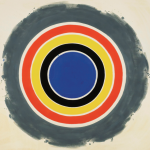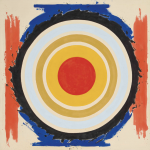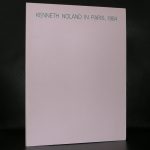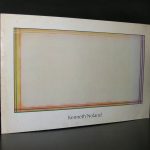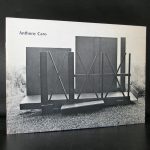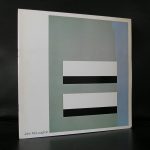
The first time i heard about the artist Hadassah Emmerich was at the time she had an exhibition at GEM. Curated by Roel Arkesteijn this exhibition was one of the first at the GEM museum. The Neighbor of the Gemeentemuseum Den Haag and dedicated to contemporary art. I think her paintings are overwhelming, extremely attractive, but far too exuberant to add to any private collection beside a museum collection. Still i admire her paintings, because there is no artist alike and her works are highly original.

In her paintings, work on paper and painterly installations Hadassah Emmerich interweaves varied themes such as identity and the body, representations of the exotic and the dialogue between abstraction and figuration.
Emmerich selects material from a variety of sources including vintage photography books, texts, advertising and art historical reference books, which are fused together through a process of photomontage which is then transferred onto the canvas using a combination of painting and printing.
Negotiating a universe where tropical colors merge effortlessly with cold grey tones, where graphic silhouettes inhabit ephemeral spaces and where references to modernist painting are incorporated into urban space, Emmerich creates a fictionalized narrative in which ‘multiculturalism’ is questioned in a painterly sense.
Displaying monumental and immersive qualities, the viewer is confronted with a visceral immediacy, urging to engage conceptually as well as physically. In continuing the legacy of female ‘pop’ artists such as Evelyn Axell or Angela Garcia, Emmerich pursues a practice that combines a bold visual language with an investigation into the undercurrent of visual culture.
www.ftn-books.com has the GEM publication on Hadassah Emmerich now available now available.


